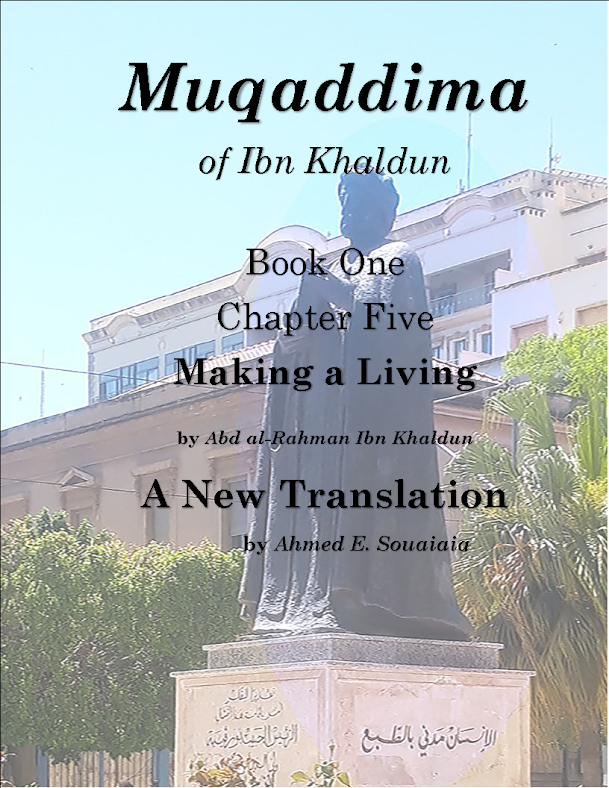Brazil, China, and India Are Fat, And Getting Fatter
Monday, April 08, 2013
No comments
In China, the growth rate of new Kentucky Fried Chicken restaurants is 13 percent a year, compared with 2.9 percent in the U.S. And as the chain has expanded, so have Chinese citizens' waistlines. Recently, the aspiring BRICS nations (Brazil, Russia, India, China, and South Africa) met in sunny Durban, South Africa, for their fifth summit to discuss their plans for creating their proposed BRICS Development Bank (BDB). Despite ongoing doubts that these nations will be able to quickly come to an agreement over where and how the bank will function, there is hope that these differences can be overcome.
But there is one issue that the BRICS leaders seemed to have overlooked. That is, how will the BRICS bank address these nations' ongoing struggle to contain the spread of disease? Diseases commonly attributed to economic wealth and prosperity, such as obesity and diabetes, are on the rise and will inevitably threaten their bristling economies should the BDB fail to adequately invest in healthcare infrastructure.
The proposed BDB bank is mainly focused on providing loans and grants - approximately $4.5 trillion in total - to finance infrastructural development projects in the BRICS and other developing nations. This funding will be used to construct railroads, bridges, highways, and ports. Created as an alternative " Bretton Woods for the developing nations," loans will be provided at favorable lending terms. The bank will also provide a currency reserve of $100 billion dollars to be used in times of economic crisis. Another implicit goal through this banking endeavor is to decrease the BRICS and other developing nations' ongoing reliance on the World Bank and IMF for financial assistance while creating a lending facility that better understands developing nations' context and needs.
































